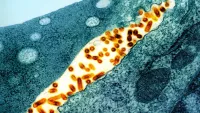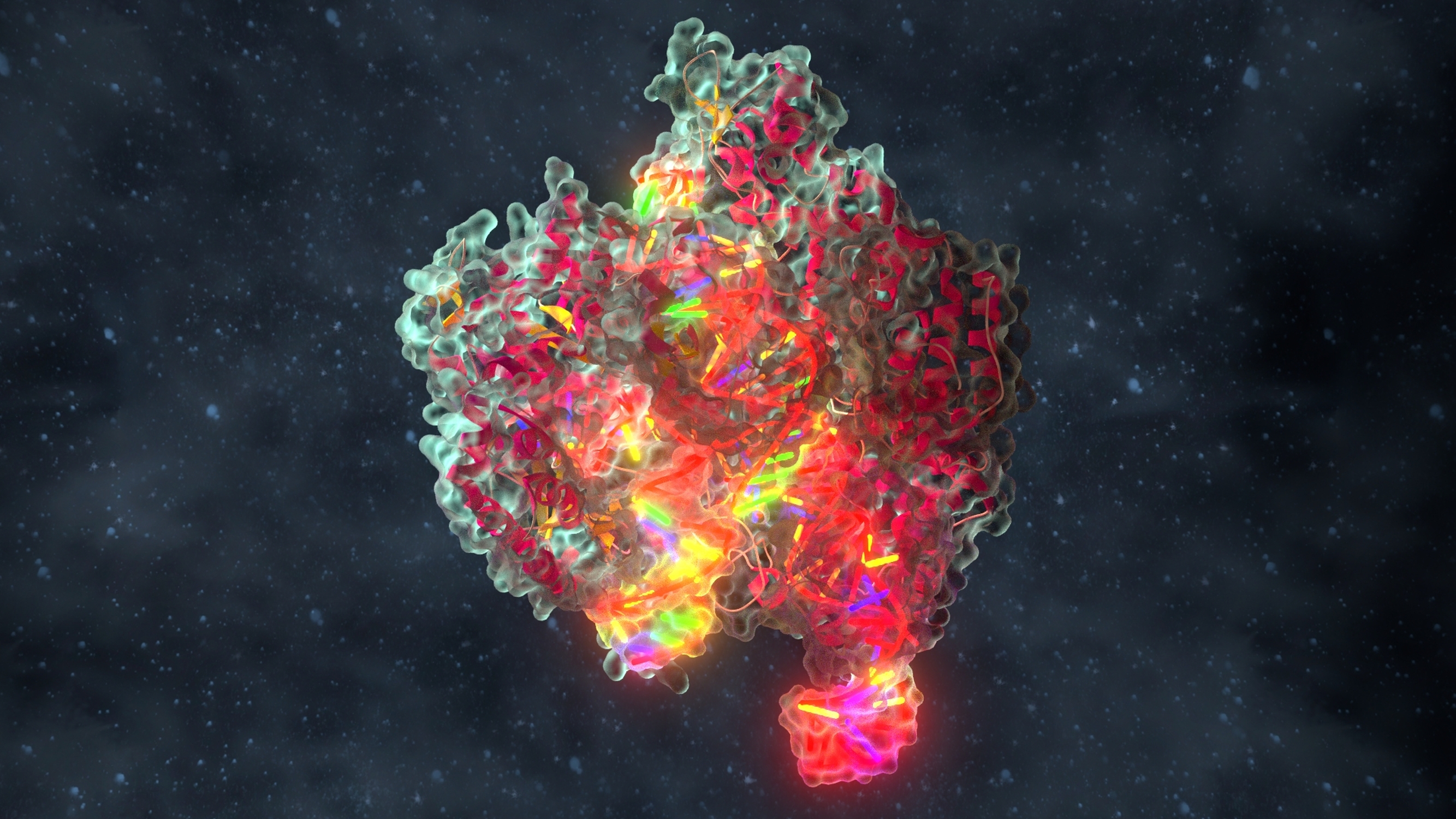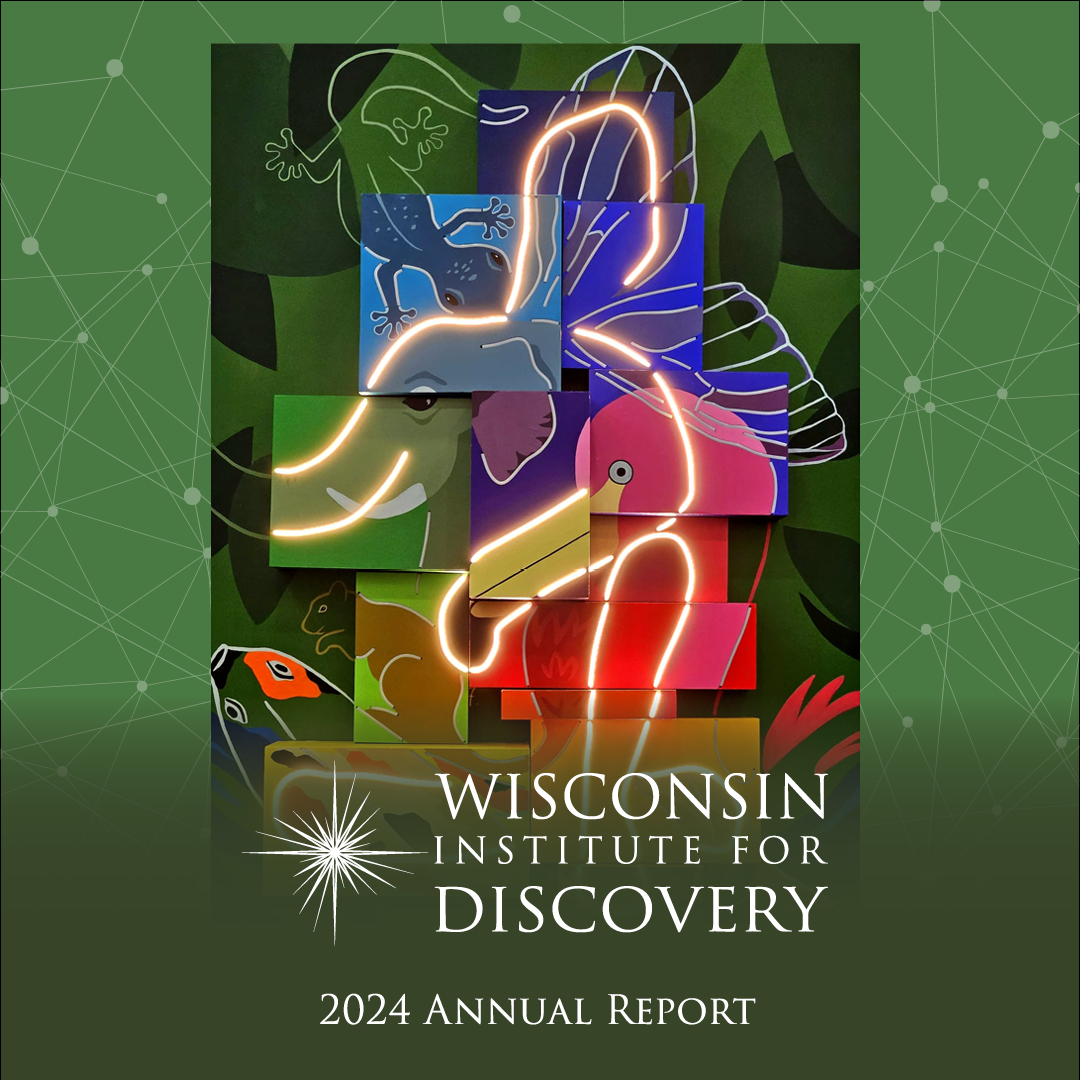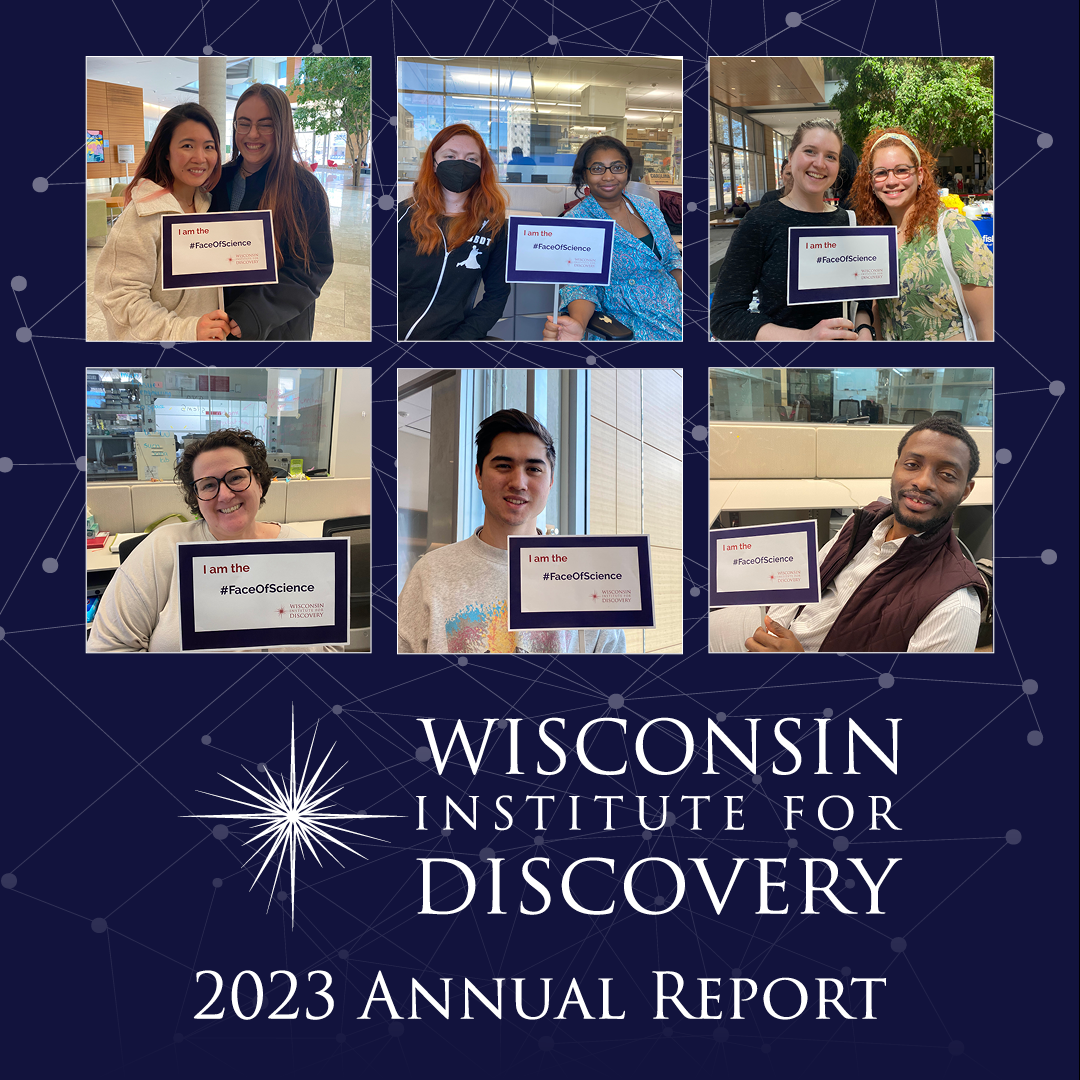Stories
Pours & Prose – A Celebration of Wine and Wine People
Pours and Prose is an exclusive, interactive wine tasting and appreciation event with WID Writer in Residence Michelle Wildgen. This event will be on February 23, 2024 from 5:00 - 7:00 PM and held at the beautiful Discovery Building. Get your tickets now!
Through undergraduate research, engineer predicts the path, impact of viral mutations
Schwab joined the lab of John Yin, a professor of chemical and biological engineering at the Wisconsin Institute for Discovery. That decision led Schwab to a three-year research career that has culminated in the publication of a new paper in the journal Virus Evolution.
We Are About to Enter the Golden Age of Gene Therapy
From the Inverse: Krishanu Saha, a bioengineer at the University of Wisconsin–Madison whose lab is working on gene therapies for treating blindness, says the precision allowed by CRISPR-Cas9’s programmability is its singular selling point.
Stem cell technology developed at UW–Madison leads to new understanding of Autism risks
Technology developed at the University of Wisconsin–Madison to grow “rosettes” of brain and spinal tissue gives scientists new ways to study the growing human brain, including a recent study of how genetic mutations linked to autism affect early stages of human brain development. “This technology gives us access to an embryonic model of human central nervous system development that we would otherwise not have access to,” says Randolph Ashton, WID researcher.
Announcements
Newsletters
Follow Us
Learn more about the Wisconsin Institute for Discovery through quarterly newsletters and receive our annual report.

